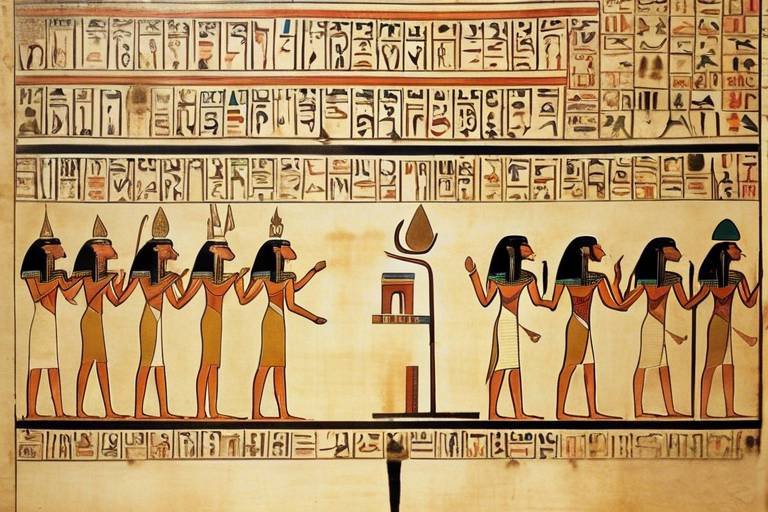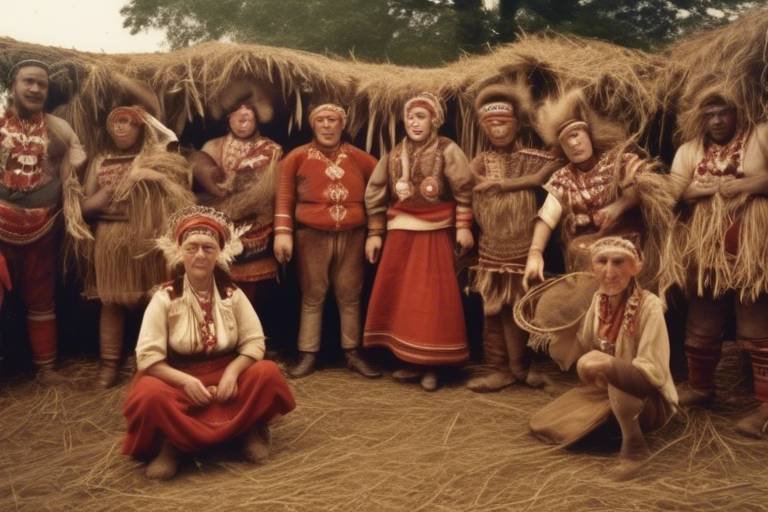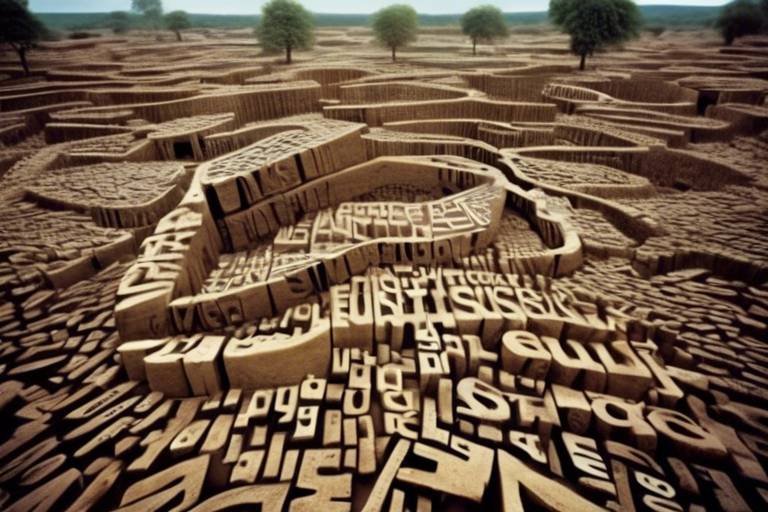The Impact of Technology on Cultural Heritage Management
Technology has significantly transformed the landscape of cultural heritage management, offering innovative tools and solutions to preserve, interpret, and engage with our rich heritage. From digital documentation to artificial intelligence, various technological advancements are revolutionizing the way we safeguard and celebrate our cultural legacy.
One of the key areas where technology plays a crucial role is in digital documentation and preservation. By leveraging advanced imaging techniques and data processing tools, experts can create accurate digital representations of artifacts, historical sites, and traditions. This not only ensures the long-term conservation of cultural heritage but also opens up new possibilities for research, education, and public access.
Virtual reality (VR) applications have emerged as powerful tools for offering immersive experiences in the realm of cultural heritage. Through VR technology, individuals can step into recreated historical environments, take virtual tours of heritage sites, and engage with the past in a dynamic and interactive way. This enhances public engagement and fosters a deeper appreciation for our shared heritage.
Augmented reality (AR) interpretation takes the visitor experience to the next level by overlaying digital information onto real-world settings. By providing interactive storytelling, educational content, and historical context at cultural heritage sites and museums, AR technology enriches the visitor's understanding and creates memorable experiences.
Geographic Information Systems (GIS) mapping has become instrumental in the effective management of cultural heritage sites. By enabling spatial analysis, mapping, and monitoring, GIS technology aids in developing conservation strategies, mitigating risks, and ensuring sustainable preservation practices.
3D scanning and printing techniques have revolutionized the field of cultural heritage conservation. By capturing detailed three-dimensional models of artifacts and architectural structures, experts can conduct research, replicate objects, and even restore heritage sites with unparalleled precision and authenticity.
Big data analytics are increasingly being utilized in heritage research to uncover valuable insights and patterns within large datasets. By analyzing trends and historical data, researchers can make informed decisions, develop comprehensive conservation strategies, and ensure the preservation of cultural heritage for future generations.
Mobile applications tailored for visitor engagement have transformed the way people interact with heritage sites. These user-friendly apps offer interactive guides, multimedia content, and location-based services, enhancing the visitor experience and making cultural heritage more accessible and engaging.
Artificial intelligence (AI) is playing a pivotal role in artifact analysis and preservation. AI algorithms are being used for artifact classification, authentication, and preservation assessments, streamlining cataloging processes and deepening our understanding of cultural heritage collections.
Blockchain technology is being harnessed for provenance verification in cultural heritage management. By establishing transparent and secure records of ownership history and provenance for artifacts, blockchain technology helps combat illicit trafficking, ensure authenticity, and preserve the integrity of our cultural heritage.

Digital Documentation and Preservation
When it comes to preserving cultural heritage, technology has become a powerful ally in the digital age. Digital documentation and preservation techniques play a crucial role in safeguarding artifacts, sites, and traditions for future generations. By utilizing advanced technologies, experts can create accurate digital representations of cultural treasures, ensuring their long-term conservation.
Imagine being able to explore ancient artifacts and historical sites with just a click of a button. Through high-resolution imaging and 3D scanning, technology allows us to capture intricate details that might otherwise be lost to time. These digital records not only serve as a backup for physical artifacts but also enable researchers to study and analyze them in ways never before possible.
Moreover, digital preservation opens up new avenues for sharing cultural heritage with the world. By digitizing artifacts and historical sites, we can create virtual museums and online exhibitions that transcend physical boundaries. This not only increases access to cultural treasures but also helps in raising awareness about the importance of preserving our shared heritage.
One of the key advantages of digital documentation is its ability to protect cultural heritage from unforeseen disasters. In the event of a natural calamity or human conflict, digital backups ensure that valuable information is not lost forever. This redundancy provides an added layer of security, safeguarding our cultural legacy for generations to come.
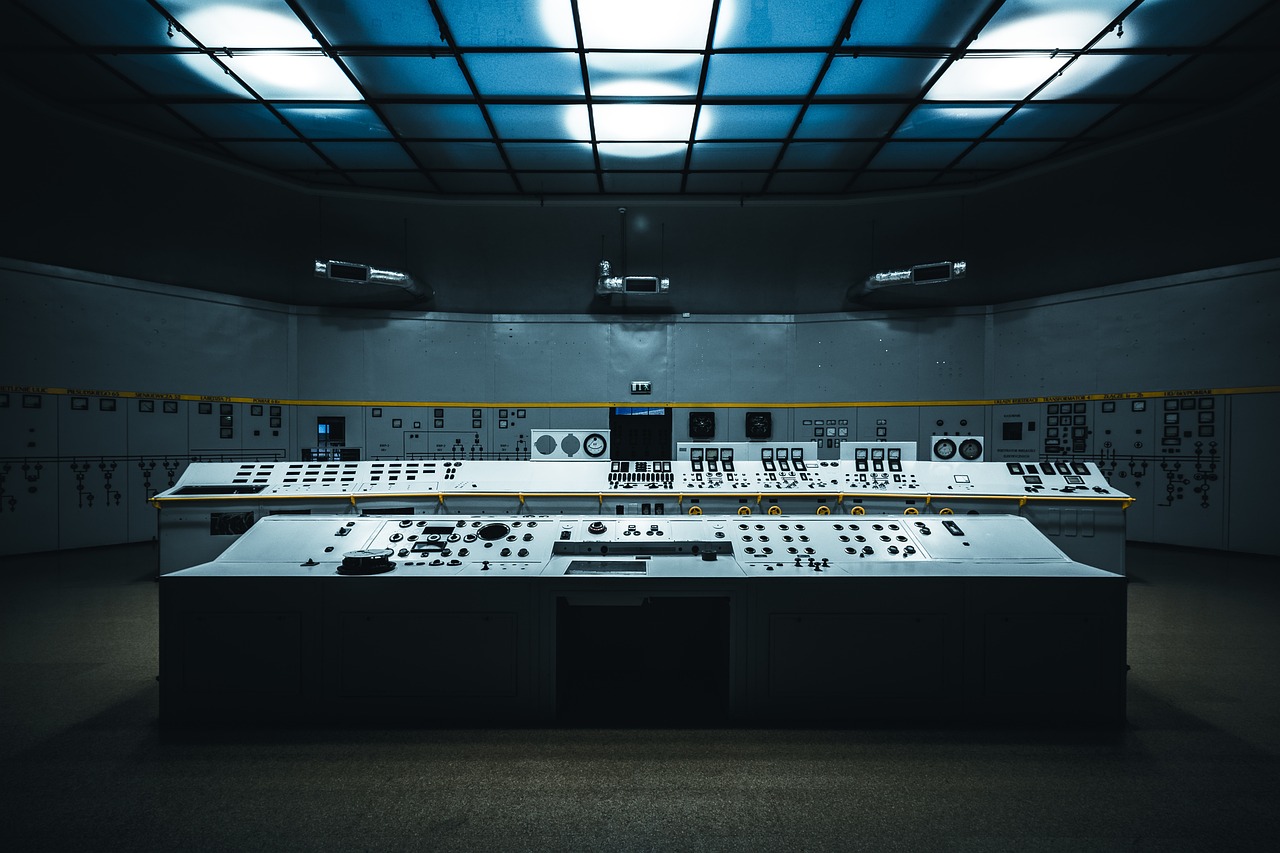
Virtual Reality Applications
Virtual Reality (VR) applications have revolutionized the way we experience and interact with cultural heritage. By leveraging VR technology, heritage sites and historical environments are brought to life in a whole new dimension. Imagine stepping back in time to walk through the ancient ruins of Machu Picchu or exploring the intricate details of the Taj Mahal without leaving your living room. VR offers immersive experiences that transport us to different eras, allowing us to appreciate and understand the significance of cultural artifacts and sites in a way never before possible.
Through VR, users can take virtual tours of heritage sites, museums, and archaeological wonders, gaining insights and knowledge that transcend traditional learning methods. The ability to explore these locations from the comfort of our homes opens up a world of possibilities for education, research, and preservation. VR applications not only enhance public engagement with cultural heritage but also play a crucial role in fostering a deeper appreciation for our shared history and heritage.
Moreover, VR technology enables cultural institutions to create interactive exhibits and storytelling experiences that captivate audiences of all ages. By blending historical accuracy with digital innovation, VR applications offer a dynamic platform for presenting cultural narratives in a visually compelling and engaging manner. Whether it's a virtual walk through an ancient city or a close-up view of a priceless artifact, VR brings heritage to life in ways that spark curiosity and inspire exploration.
Furthermore, VR can be utilized as a tool for conservation efforts, allowing experts to digitally preserve and document fragile artifacts and heritage sites. By creating accurate 3D models of objects and structures, VR technology aids in the conservation and restoration of cultural treasures, ensuring their longevity for future generations to appreciate and learn from. The immersive nature of VR not only preserves the past but also paves the way for innovative approaches to cultural heritage management in the digital age.

Augmented Reality Interpretation
Technology has significantly transformed the landscape of cultural heritage management, offering innovative solutions for the preservation, interpretation, and engagement with our rich historical legacy. In this article, we will explore various technological advancements that are revolutionizing the way we conserve and interact with cultural artifacts, sites, and traditions.
Augmented Reality (AR) is a cutting-edge technology that blends digital information with the physical world, creating immersive and interactive experiences for users. In the realm of cultural heritage management, AR is being leveraged to provide visitors with a deeper understanding of historical sites and artifacts.
By overlaying digital content onto real-world settings, AR applications offer engaging storytelling experiences, educational insights, and historical context to enhance the visitor's experience. Imagine walking through a museum and using your smartphone to see virtual reconstructions of ancient civilizations right before your eyes, or exploring a historical site while interactive AR elements guide you through its past glory.
Moreover, AR interpretation enables museums and heritage sites to present information in a dynamic and captivating manner, appealing to a tech-savvy audience and fostering a deeper appreciation for cultural history. Visitors can delve into the past, interact with virtual exhibits, and gain a new perspective on the significance of cultural heritage.
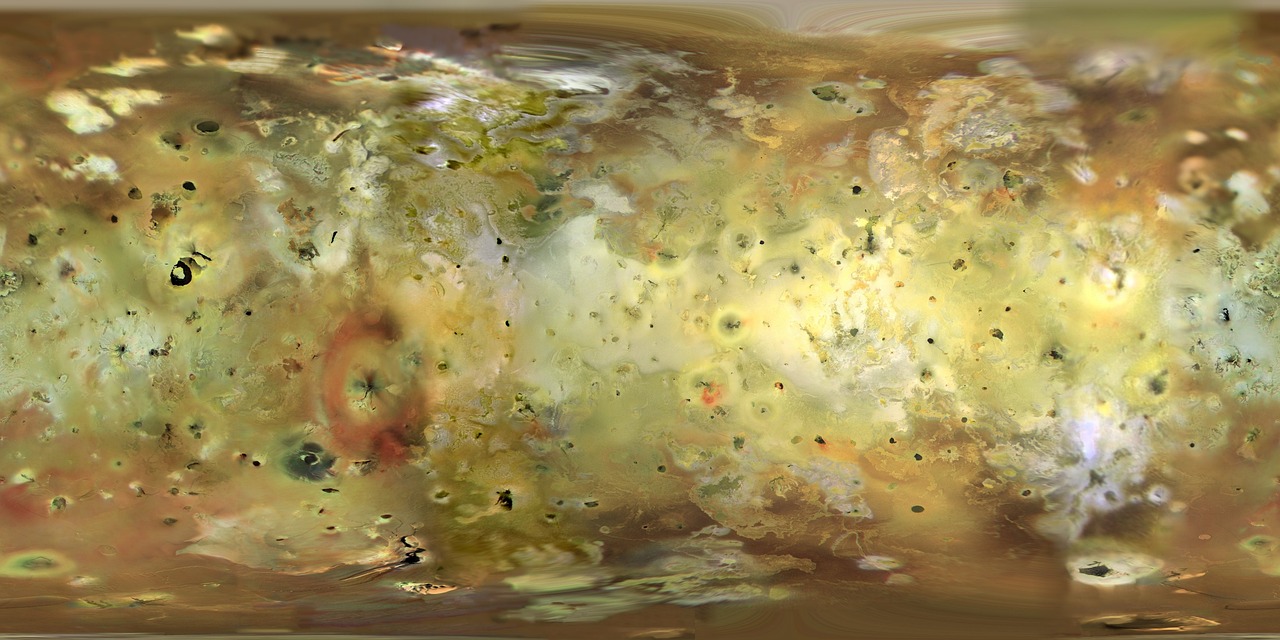
GIS Mapping for Site Management
GIS mapping has revolutionized the management of cultural heritage sites by providing invaluable tools for spatial analysis, mapping, and monitoring. By integrating Geographic Information Systems into heritage conservation practices, organizations can gain a comprehensive understanding of site layouts, environmental factors, and potential risks. This technology allows for the creation of detailed maps that highlight the significance of different areas within a site, aiding in the development of effective management strategies.
One of the key advantages of GIS mapping in site management is its ability to facilitate data-driven decision-making processes. By overlaying various layers of information, such as historical data, topographical features, and conservation efforts, stakeholders can identify patterns and trends that inform conservation priorities. This analytical approach enables heritage professionals to prioritize resources, allocate funding efficiently, and implement targeted interventions to safeguard cultural assets.
Furthermore, GIS mapping plays a crucial role in monitoring the condition of cultural heritage sites over time. By regularly updating spatial data and incorporating real-time information, organizations can track changes, assess risks, and address potential threats to the integrity of heritage locations. This proactive approach to site management allows for timely interventions, preventive measures, and adaptive strategies to ensure the long-term preservation of cultural treasures.

3D Scanning and Printing Techniques
3D scanning and printing techniques have revolutionized the field of cultural heritage management by offering precise and detailed replication of artifacts and architectural structures. Through advanced technology, experts can capture intricate three-dimensional models that provide valuable insights for research, restoration, and preservation purposes. This innovative approach not only enhances the conservation practices but also allows for the recreation of historical objects with remarkable accuracy.
One of the key advantages of 3D scanning and printing is the ability to digitally preserve fragile or deteriorating artifacts, ensuring their longevity for future generations. By creating virtual replicas, cultural heritage professionals can study and analyze these objects without risking damage to the originals. Moreover, the technology facilitates the restoration process by offering a reference point for craftsmen and conservators, enabling them to recreate missing parts or repair damages with precision.
Furthermore, 3D scanning and printing techniques play a crucial role in educational initiatives and public engagement with cultural heritage. Museums and heritage sites can utilize these digital models to create interactive exhibits, allowing visitors to explore historical objects in a hands-on and immersive manner. This not only enhances the overall visitor experience but also promotes a deeper understanding and appreciation of the significance of cultural artifacts.
In addition to its application in artifact replication, 3D scanning and printing have been instrumental in architectural conservation and restoration projects. By capturing detailed models of historical buildings and structures, conservationists can assess damages, plan restoration work, and monitor changes over time. This technology enables experts to recreate missing elements of architectural masterpieces and preserve them for future generations to experience and admire.
Overall, 3D scanning and printing techniques have significantly advanced the field of cultural heritage management, offering new possibilities for research, conservation, and public engagement. By leveraging these innovative tools, professionals can ensure the safeguarding and promotion of our rich cultural heritage for generations to come.

Big Data Analytics in Heritage Research
Big Data Analytics plays a crucial role in heritage research by leveraging large datasets to unveil valuable insights, trends, and patterns within cultural heritage. By analyzing extensive amounts of data, researchers and heritage professionals can gain a deeper understanding of historical contexts, cultural significance, and preservation needs. This analytical approach enables informed decision-making processes and facilitates the development of comprehensive strategies for heritage conservation and management.
Q: How does technology contribute to the preservation of cultural heritage?
A: Technology aids in digital documentation, virtual reality experiences, augmented reality interpretation, GIS mapping, 3D scanning, big data analytics, mobile applications, artificial intelligence, and blockchain technology to safeguard and manage cultural heritage effectively.
Q: What are the benefits of using Big Data Analytics in heritage research?
A: Big Data Analytics allows researchers to uncover hidden patterns, trends, and insights in cultural heritage data, leading to more informed decision-making, improved conservation strategies, and enhanced understanding of heritage significance.
Q: How can visitors engage with cultural heritage sites through mobile applications?
A: Mobile applications offer visitors interactive guides, multimedia content, and location-based services, enhancing their overall experience by providing educational information, entertainment, and navigation assistance during their visit to heritage sites.
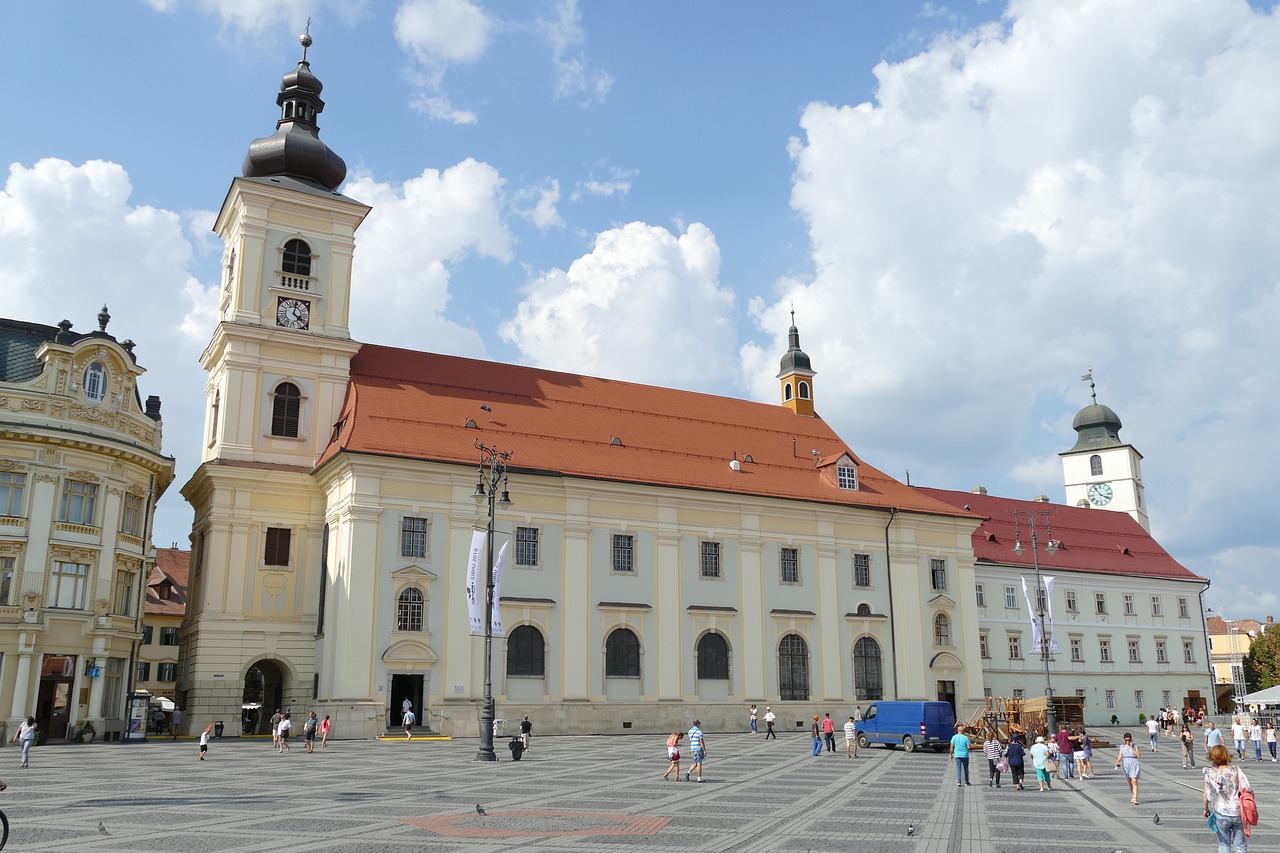
Mobile Applications for Visitor Engagement
Mobile applications have revolutionized the way visitors engage with cultural heritage sites, offering a plethora of interactive features and services that enhance the overall experience. These apps serve as digital guides, providing users with detailed information about the history, significance, and architecture of the site they are exploring. Through the use of multimedia content such as audio guides, videos, and interactive maps, visitors can delve deeper into the heritage site's narrative, gaining a richer understanding of its cultural importance.
One of the key advantages of mobile applications for visitor engagement is the ability to offer personalized experiences based on the user's preferences and interests. By utilizing location-based services, these apps can recommend specific points of interest within the heritage site, tailored to the visitor's profile. This not only enhances the visitor's exploration but also encourages them to discover hidden gems and lesser-known aspects of the cultural heritage site.
Moreover, mobile applications play a vital role in education and entertainment, especially for younger audiences. Through gamification elements, quizzes, and interactive challenges, these apps make learning about cultural heritage engaging and fun. By immersing visitors in interactive experiences, mobile applications spark curiosity and foster a deeper connection with the heritage site, ensuring a memorable visit that goes beyond mere sightseeing.
Furthermore, mobile applications facilitate social sharing and community engagement, allowing visitors to capture and share their experiences on social media platforms. This not only promotes the heritage site to a wider audience but also creates a sense of community among visitors who share a common interest in cultural heritage. By fostering a digital community of heritage enthusiasts, these apps contribute to the preservation and promotion of cultural heritage in the digital age.

Artificial Intelligence for Artifact Analysis
Artificial Intelligence (AI) has revolutionized the field of artifact analysis in cultural heritage management. By implementing AI algorithms, experts can now classify, authenticate, and assess the preservation needs of various artifacts with unprecedented accuracy and efficiency. This technology streamlines the cataloging process, enabling cultural institutions to handle large collections with greater ease and speed. Furthermore, AI aids in enhancing the understanding of cultural heritage by providing valuable insights into the historical significance and context of artifacts.
One of the key benefits of using AI for artifact analysis is its ability to identify patterns and connections that may not be immediately apparent to human researchers. By processing vast amounts of data, AI algorithms can uncover hidden relationships between artifacts, shedding light on their origins, functions, and cultural significance. This analytical capability not only facilitates more informed decision-making in heritage management but also contributes to the ongoing research and interpretation of cultural materials.
Moreover, AI plays a crucial role in the preservation of artifacts by assessing their condition and recommending appropriate conservation methods. Through advanced image recognition and machine learning techniques, AI systems can detect subtle signs of deterioration or damage in artifacts, allowing conservators to intervene proactively and prevent further degradation. This proactive approach to artifact preservation ensures the longevity and integrity of cultural heritage for future generations to appreciate and study.
Additionally, AI-driven artifact analysis contributes to the authentication and provenance verification of cultural objects, addressing the challenge of identifying fakes and illicitly acquired artifacts. By comparing digital records and historical data, AI algorithms can verify the authenticity of artifacts and establish a secure chain of ownership through blockchain technology. This provenance verification process not only safeguards cultural heritage from theft and trafficking but also builds trust among collectors, museums, and the public regarding the legitimacy of cultural artifacts.

Blockchain Technology for Provenance Verification
Blockchain technology has emerged as a powerful tool in the realm of cultural heritage management, offering a secure and transparent method for verifying the provenance of artifacts. By leveraging blockchain, institutions and collectors can establish immutable records of ownership history, tracing the journey of cultural objects from their creation to the present day. This innovative approach not only safeguards against forgery and theft but also ensures the authenticity and integrity of heritage collections.
Imagine a digital ledger that acts as a tamper-proof repository, storing detailed information about each artifact, including its origins, previous owners, and exhibition history. This decentralized system eliminates the need for intermediaries, providing a direct and trustworthy link between the artifact and its provenance data. As a result, stakeholders can confidently validate the authenticity of cultural objects, fostering trust and accountability within the heritage sector.
Furthermore, blockchain technology offers unparalleled transparency by allowing users to track the movement and ownership transfers of artifacts in real-time. Through encrypted and time-stamped transactions, the provenance of each piece is securely documented, creating a reliable chain of custody that withstands scrutiny. This level of traceability not only deters illicit activities such as looting and trafficking but also facilitates collaboration among institutions for the ethical exchange of cultural heritage.
Moreover, the decentralized nature of blockchain ensures data integrity and security, reducing the risk of fraud and unauthorized alterations to provenance records. Each transaction is cryptographically linked to the previous one, forming an unbroken chain of information that cannot be manipulated without detection. This inherent immutability strengthens the credibility of provenance verification processes, instilling confidence in both collectors and the public regarding the authenticity of cultural artifacts.
In conclusion, blockchain technology represents a groundbreaking solution for verifying the provenance of cultural heritage, revolutionizing the way we authenticate and preserve our shared history. By harnessing the power of decentralized ledgers, we can protect and celebrate the rich tapestry of human creativity, ensuring that future generations inherit a legacy of genuine and ethically sourced artifacts.
Frequently Asked Questions
- What is the significance of digital documentation in cultural heritage management?
Digital documentation plays a crucial role in preserving cultural artifacts, sites, and traditions by creating accurate digital representations that can be conserved for future generations. It ensures that heritage is safeguarded and accessible through technological means.
- How does virtual reality contribute to enhancing public engagement with cultural heritage?
Virtual reality technology offers immersive experiences that allow users to explore historical environments and heritage sites virtually. This enhances public engagement by providing interactive and educational experiences, making cultural heritage more accessible and engaging.
- What is the role of GIS mapping in the management of cultural heritage sites?
GIS mapping enables spatial analysis, monitoring, and effective conservation strategies for cultural heritage sites. It aids in understanding the geographical context of heritage locations, facilitating better management and preservation efforts.
- How does 3D scanning and printing revolutionize conservation practices in cultural heritage management?
3D scanning and printing techniques allow for detailed three-dimensional models of artifacts and structures to be captured and replicated. This revolutionizes conservation practices by providing new ways to study, preserve, and restore cultural heritage objects.
- What role does big data analytics play in heritage research and conservation?
Big data analytics help uncover insights, trends, and patterns in cultural heritage datasets, aiding in decision-making processes and conservation strategies. It provides a comprehensive understanding of heritage assets and their preservation needs.
- How do mobile applications enhance visitor experiences at heritage sites?
Mobile applications offer interactive guides, multimedia content, and location-based services for visitors at heritage sites. They provide educational and entertaining experiences, enriching the visitor's engagement with cultural heritage.
- What are the benefits of using artificial intelligence for artifact analysis in heritage management?
Artificial intelligence algorithms streamline artifact classification, authentication, and preservation assessments in heritage management. They improve cataloging processes, enhance artifact understanding, and aid in the preservation of cultural heritage collections.
- How does blockchain technology contribute to provenance verification in heritage management?
Blockchain technology establishes transparent and secure records of ownership history and provenance for cultural artifacts. It combats illicit trafficking, ensures authenticity, and enhances trust in the provenance of heritage objects.


